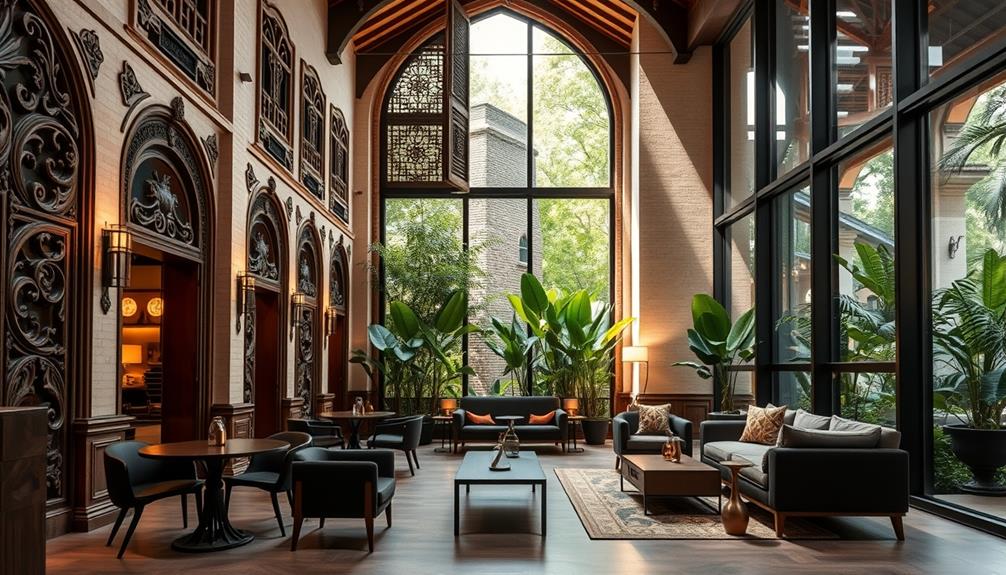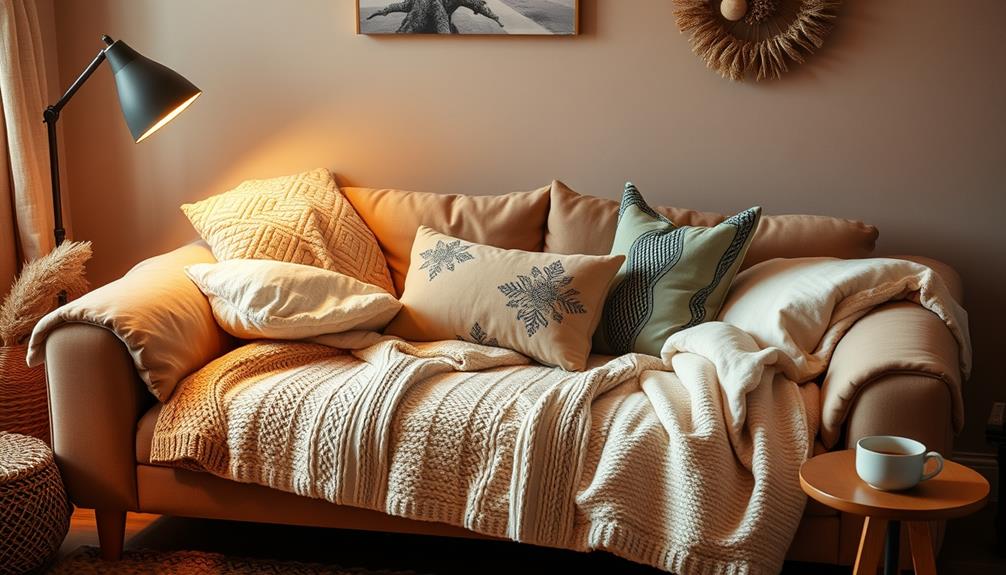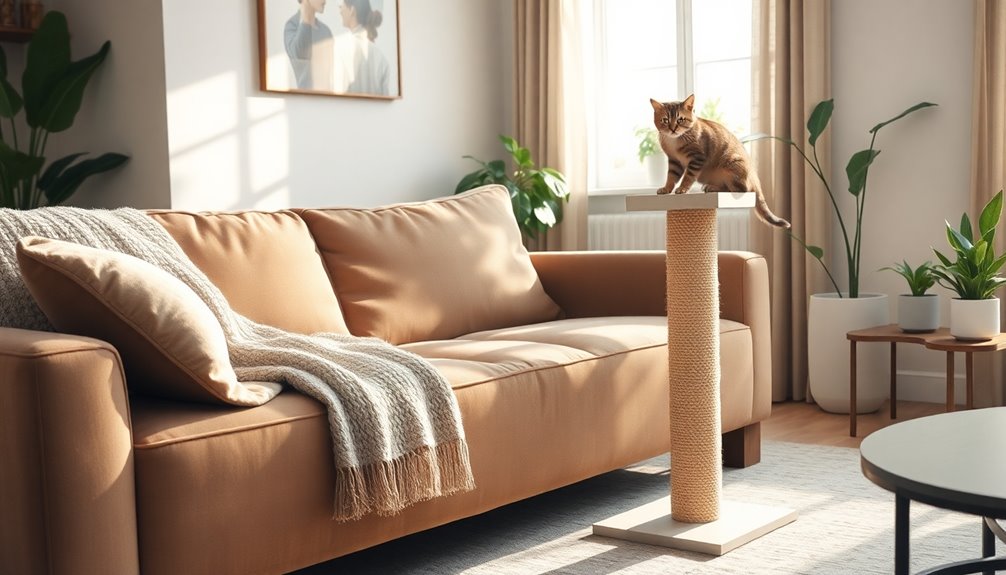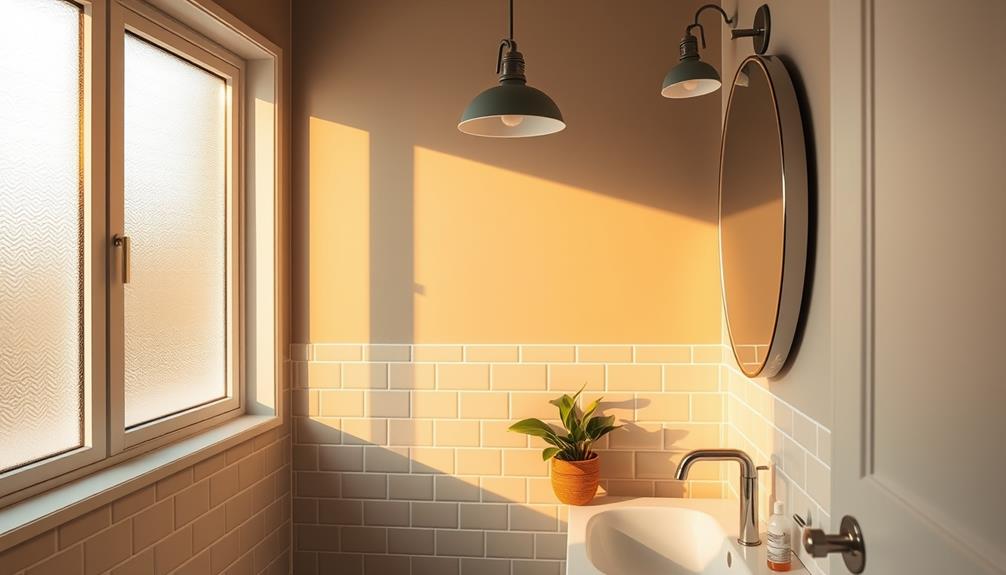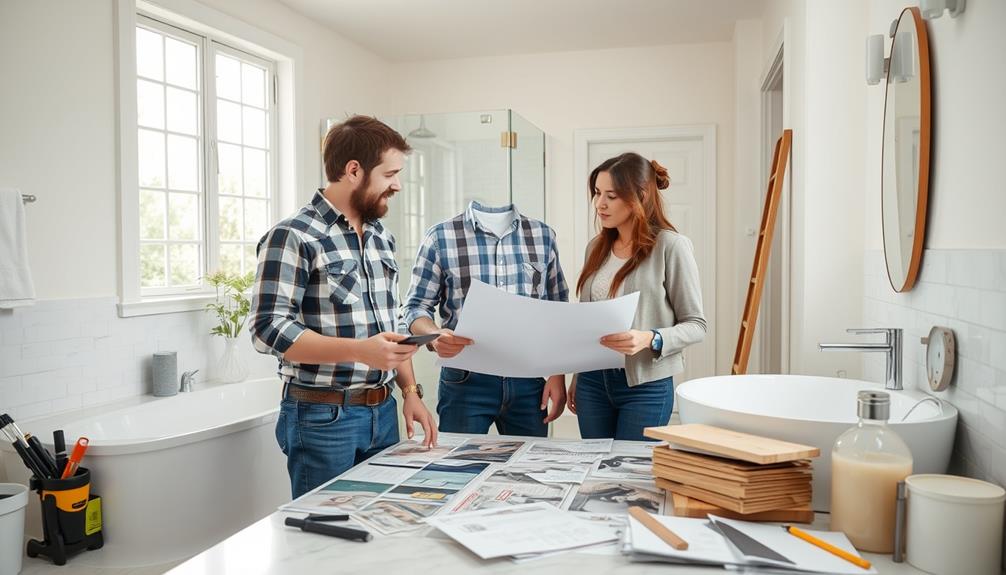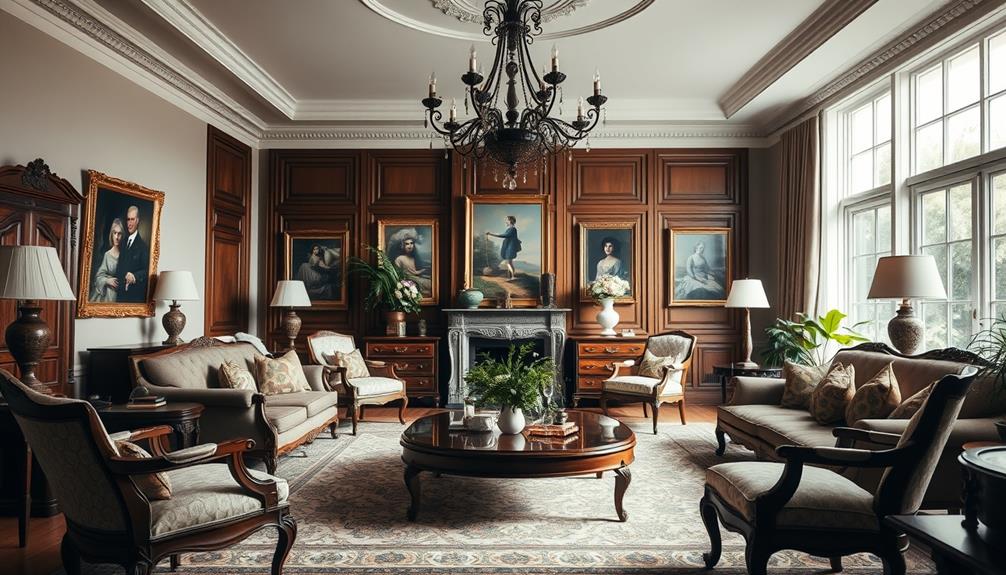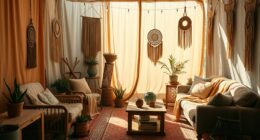When you delve into how tradition intersects with modernity in design, you will witness a combination of historical and contemporary styles that form welcoming spaces. Traditional components like luxurious woods and intricate details evoke feelings of warmth and nostalgia, while modern elements highlight simplicity and practicality. By merging timeless pieces with clean lines, you can achieve a harmonious equilibrium that enhances both the beauty and functionality of your living space. Through thoughtful selection of complementary items, you can pay tribute to the past while embracing the present, resulting in personalized and refined spaces. Uncover the secrets behind this exquisite fusion to elevate your own design journey. By capturing the essence of classic design and incorporating contemporary touches, you can create a timeless and elegant look that never goes out of fashion. The contrast of old and new allows for a sense of character and uniqueness, making each space truly special. By honoring tradition while embracing modernity, you can weave together a story that reflects your individual taste and vision for your home.
Key Takeaways
- Blending traditional and contemporary design elements creates harmonious spaces that reflect both history and modernity.
- Utilizing neutral color palettes allows traditional textures to shine while maintaining a sleek, modern aesthetic.
- Incorporating innovative materials like glass and metal into traditional settings enhances functionality without sacrificing style.
- Classic furniture pieces can serve as statement elements in contemporary interiors, fostering a sense of nostalgia.
- Integrating modern technology in traditional designs promotes convenience while honoring the craftsmanship of the past.
Exploring Design Styles
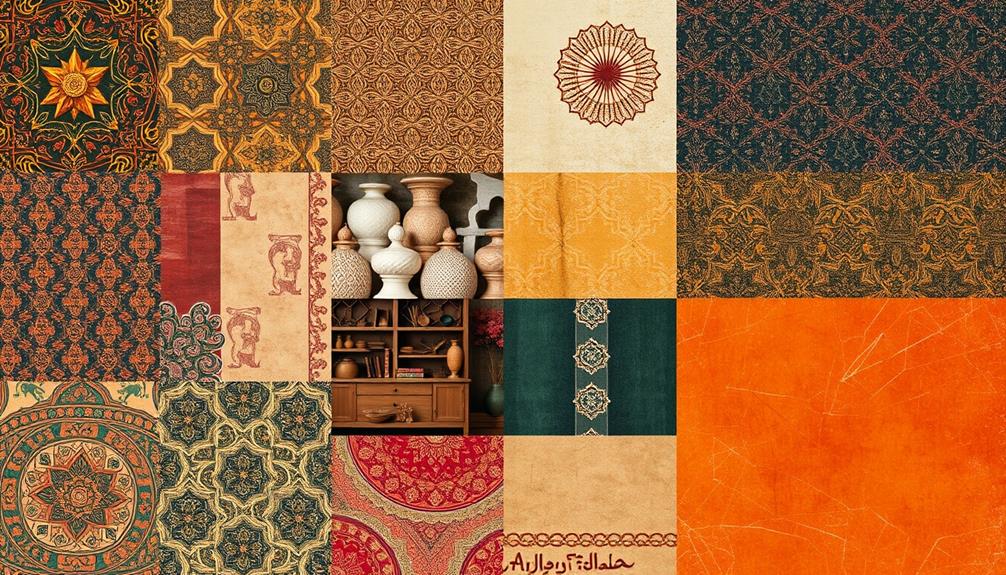
When you explore design styles, you'll find that traditional and contemporary aesthetics often seem to stand in stark contrast. Traditional design evokes a sense of history and warmth, while contemporary design leans towards minimalism and sleek lines.
However, if you look closely, you'll notice they share common principles, like balance and harmony. Both styles can evoke emotions and create inviting spaces, and understanding these dynamics is essential for effective mood boards essential for visualizing design concepts that resonate with your vision.
As you navigate through these styles, consider how each reflects societal values and technological advancements. Embracing elements from both styles can lead to innovative designs that defy conventional boundaries.
This interplay not only enriches your understanding of design but also expands your creative possibilities, allowing for a unique blend that captures the essence of both tradition and modernity.
Traditional Design Elements
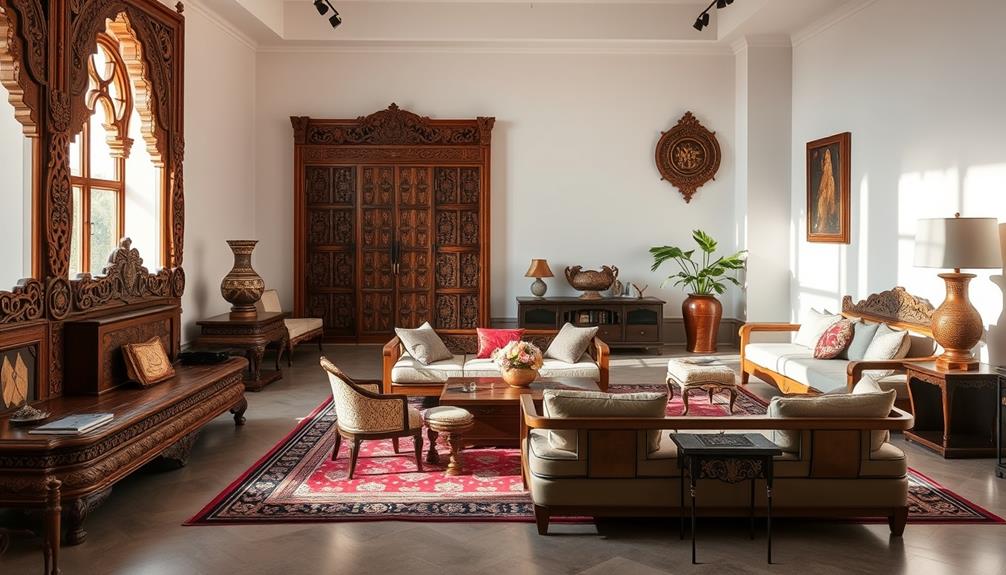
Although traditional design elements often evoke a sense of nostalgia, they remain timeless and relevant in today's interiors. Incorporating modern technology into these traditional settings can enhance functionality without compromising style.
You can incorporate ornate details, rich textures, and a warm color palette to create a welcoming atmosphere. Think about using intricate moldings and elaborate carvings that frame your spaces and add grandeur.
Furniture crafted from rich woods like mahogany and walnut not only brings depth but also serves as a statement piece. Don't forget the impact of accessories; crystal chandeliers can lend elegance and sophistication.
Contemporary Design Features
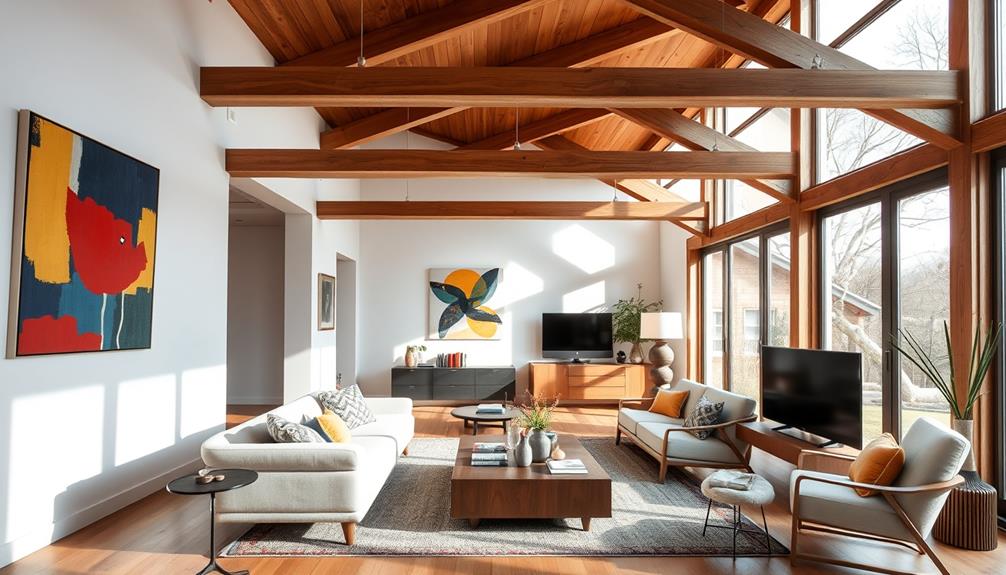
Contemporary design features prioritize minimalism and functionality, creating spaces that feel open and inviting.
You'll notice clean lines and a neutral color palette that enhances the sense of tranquility. Innovative materials like glass and metal are frequently used, allowing for a sleek and modern aesthetic.
Incorporating elements such as a well-draining soil for indoor plants can additionally enhance the ambiance, promoting a connection to nature within the contemporary space.
Each element you choose emphasizes simplicity and practicality, reducing clutter and focusing on what truly matters.
Furniture tends to blend form with function, ensuring that every piece serves a purpose without sacrificing style.
Moreover, you can seamlessly integrate technology, enhancing not just aesthetics but also efficiency and sustainability.
This approach fosters an environment that feels both contemporary and welcoming, encouraging a lifestyle that values ease and comfort in daily living.
Historical Design Evolution
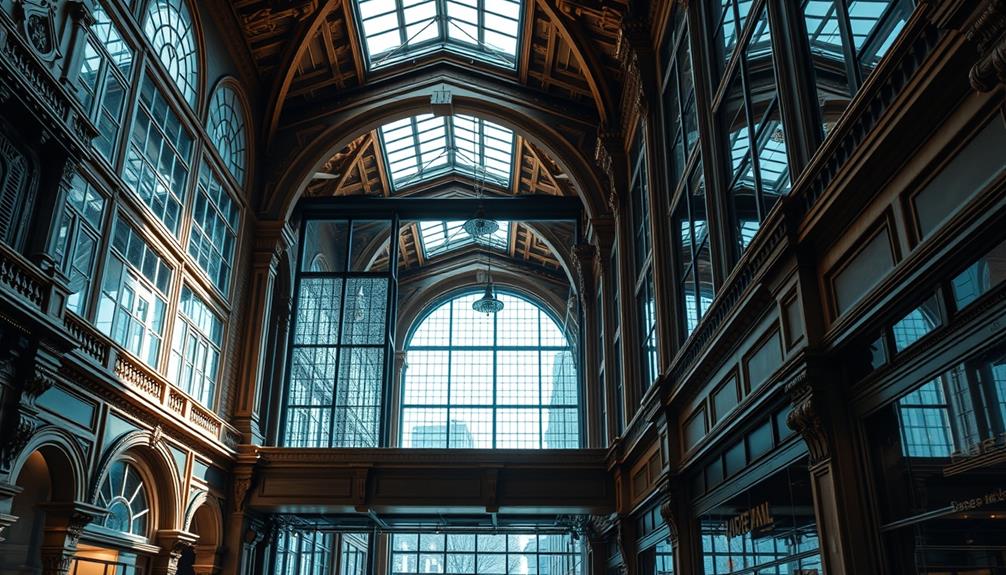
Design styles don't just appear in a vacuum; they're shaped by historical contexts and societal changes.
As you explore design evolution, you'll notice that traditional styles emerged from European influences, rich in ornate details and textures. This emphasis on craftsmanship reflects the values of their time.
In contrast, contemporary design mirrors technological advancements and modern culture, prioritizing minimalism and functionality.
Each period's societal values influence aesthetic choices, leading to a fascinating interplay between the two styles.
Design trends often cycle, revisiting and reinventing past elements while responding to current needs.
Understanding this historical evolution helps you appreciate the depth of design today, recognizing how the past informs the present and sets the stage for future innovations.
Blending Old and New

Blending old and new elements in your space can create a harmonious interior that reflects both history and modernity. Start by integrating classic furniture pieces—like a vintage armchair—into contemporary settings, allowing their intricate details to stand out against minimalistic backdrops.
You might also consider using a neutral palette that highlights traditional textures, such as rich woods or ornate fabrics, while maintaining a modern aesthetic. By incorporating elements that evoke the unique flavor profiles of heritage, such as artisanal coffee—unique flavor profiles—you can foster a sense of warmth and nostalgia.
Incorporating modern technology—like sleek lighting or smart home features—into a traditionally styled room not only enhances functionality but also creates a unique juxtaposition.
Carefully selecting items that complement each other fosters a cohesive look. Ultimately, this blend not only honors the past but also embraces the present, resulting in a personalized and inviting space.
Frequently Asked Questions
How Can I Incorporate Traditional Elements Into a Small Space?
To incorporate traditional elements into your small space, try using vintage furniture pieces, rich textures, and warm colors. Add ornate accents like a chandelier or detailed moldings to create a cozy, inviting atmosphere without overwhelming the area.
What Are the Cost Differences Between Traditional and Contemporary Design?
Oh, you thought design was cheap? Traditional elements might cost you a fortune in ornate details, while contemporary styles skate by with minimalism. In reality, your wallet's the ultimate judge of preference! Choose wisely!
Are There Specific Furniture Brands That Specialize in Hybrid Designs?
Yes, you'll find several furniture brands specializing in hybrid designs. Brands like West Elm and CB2 blend traditional and contemporary styles, offering unique pieces that balance classic craftsmanship with modern aesthetics, perfect for your space.
How Do I Choose a Color Palette That Blends Both Styles?
To choose a color palette that blends traditional and contemporary styles, start with neutral tones as a base. Then, incorporate rich, warm accents for depth, balancing sophistication with modern simplicity to create a harmonious look.
Can Traditional Accessories Clash With Contemporary Furniture?
Yes, traditional accessories can clash with contemporary furniture if they're not thoughtfully chosen. To avoid conflict, select pieces that share common colors or materials, creating a harmonious balance between the styles in your space.
Conclusion
As you weave together the intricate details of tradition with the sleek lines of modernity, you might realize that blending these styles isn't just a design choice—it's a playful contradiction. Who knew that the ornate elegance of a vintage armchair could coexist with a minimalist coffee table? In this dance of the past and present, you'll discover that creating a space that feels both timeless and fresh isn't just possible; it's downright essential. Embrace the irony, and let your design journey begin!
